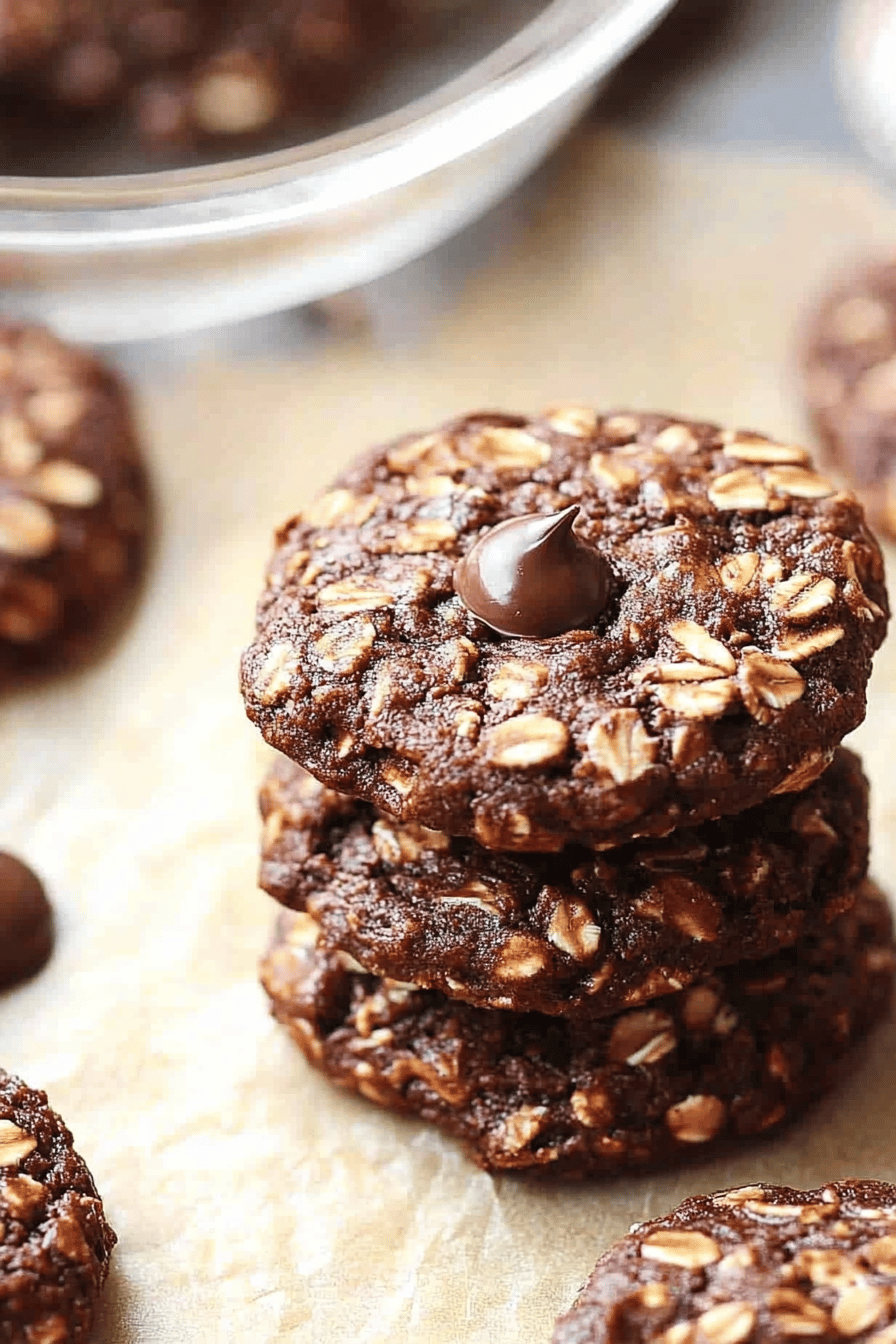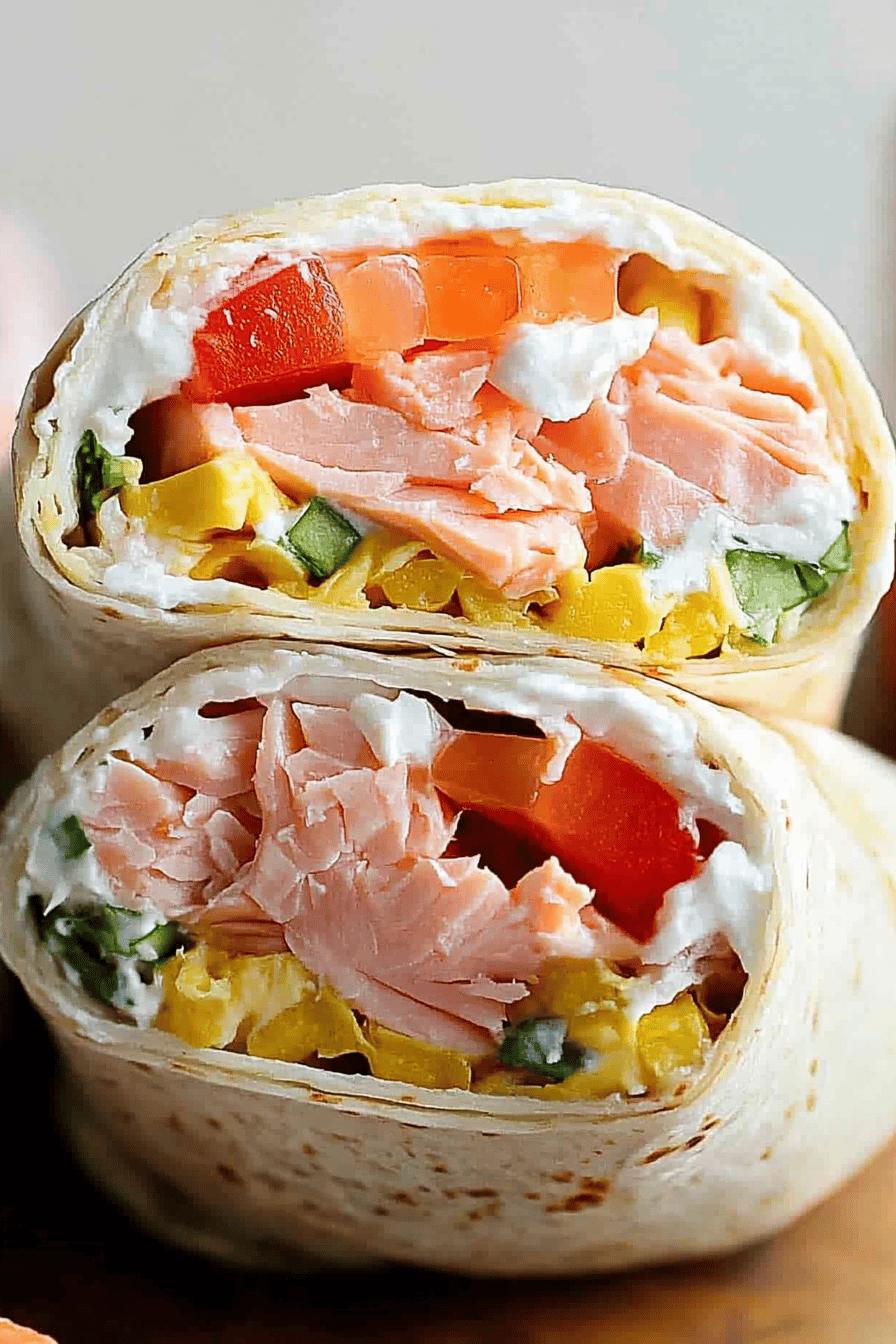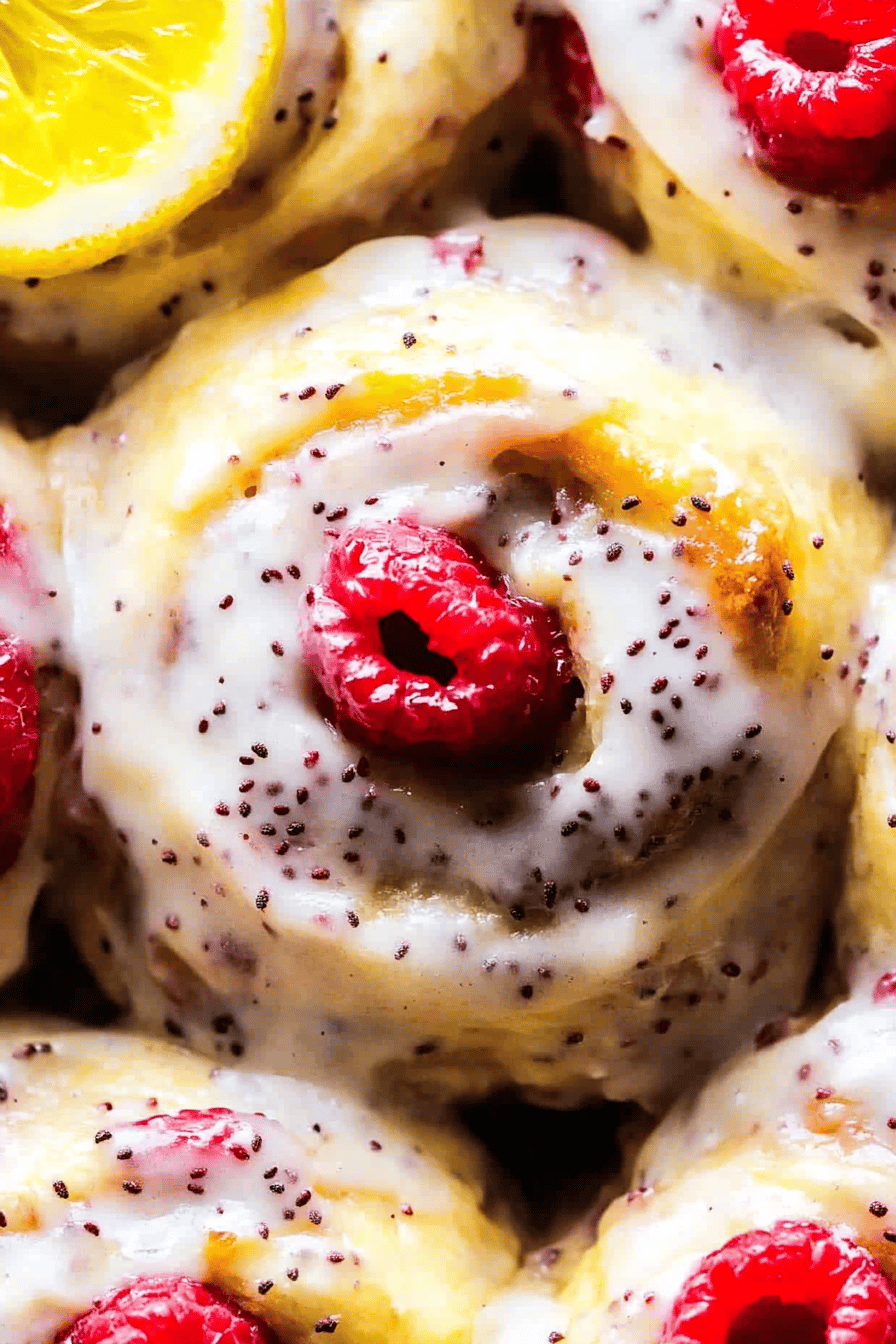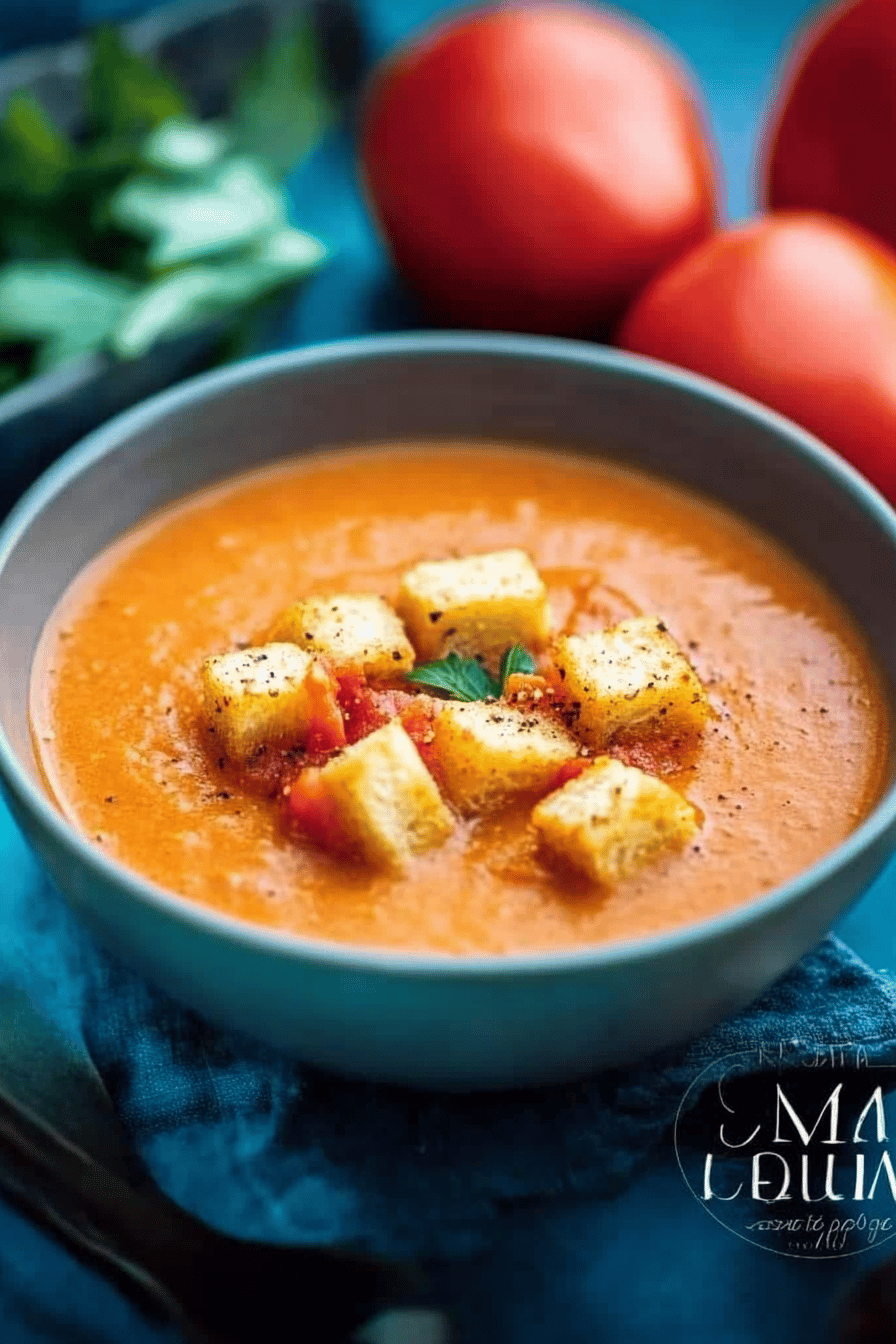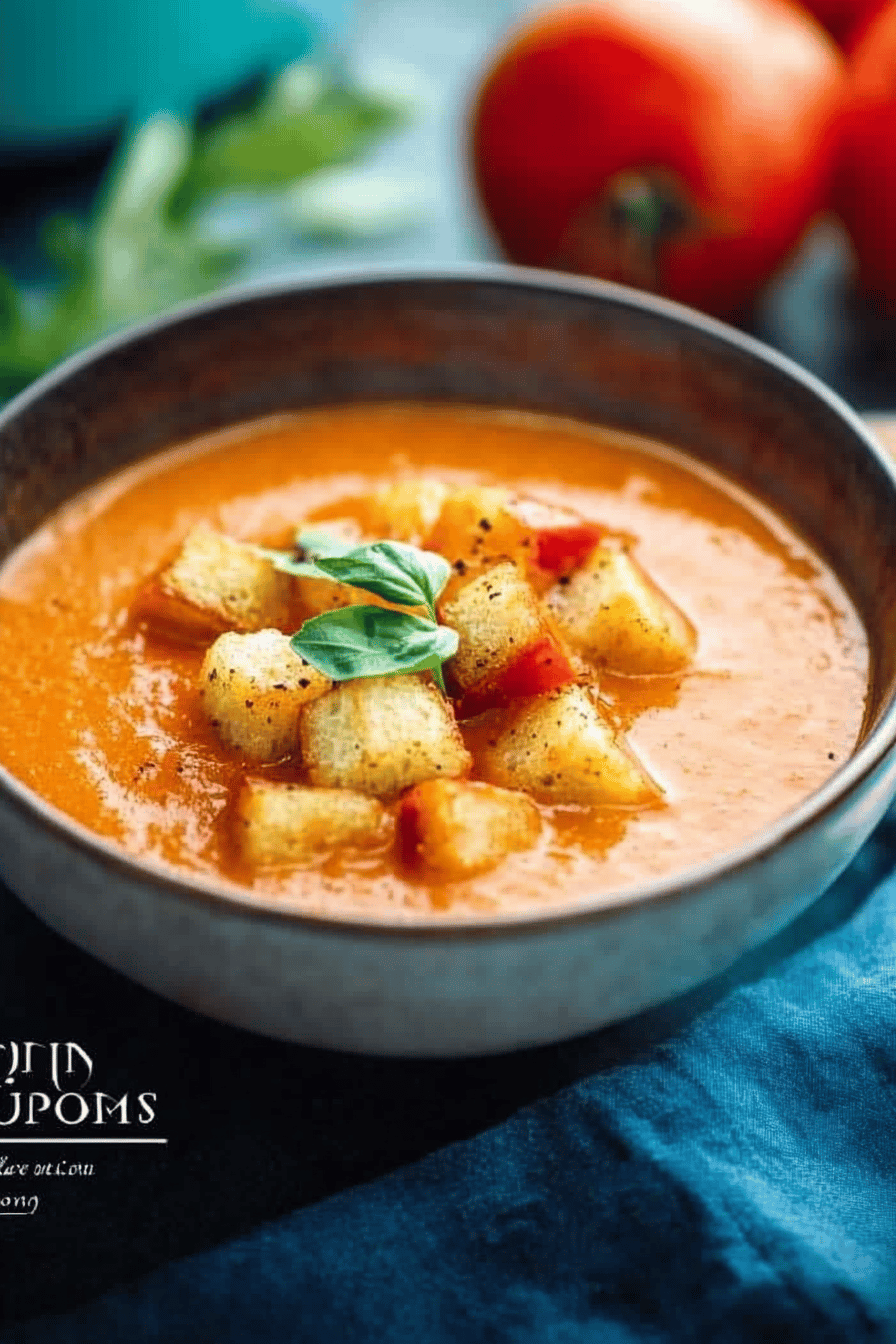Discover the delightful flavors of Dak Galbi, a spicy Korean chicken dish that’s bursting with robust taste and vibrant colors. This traditional Korean recipe is beloved for its perfect balance of spice, sweet, and savory notes that come together to create an unforgettable meal. With easy-to-find ingredients and straightforward preparation, making Dak Galbi at Home is now simpler and more enjoyable than ever. Dive into the world of Korean cuisine and impress your family and friends with this flavorful dish that’s ideal for any occasion.
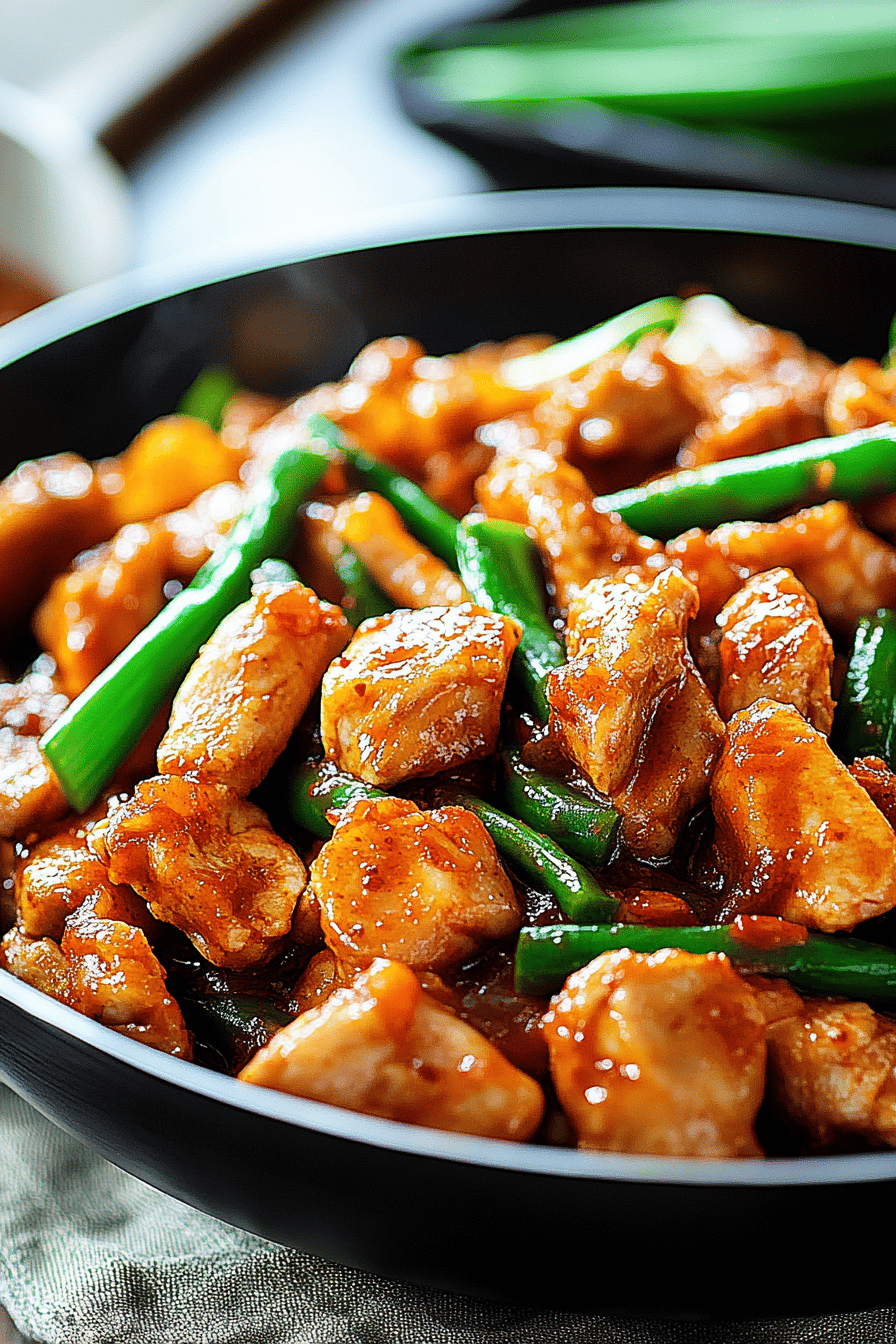
Growing up, Dak Galbi was a dish that frequented our family dinner table, especially during the chilly months. My grandmother, with her secret blend of spices and love, would prepare it as we eagerly awaited the mouth-watering aroma that would fill the house. Each extended family gathering meant a lively session around the dinner table, where stories and laughter flowed as freely as the vibrant sauces on our plates. To me, Dak Galbi isn’t just a culinary experience, it’s a cherished memory, reminding me of warmth, family bonds, and the magic of home-cooked meals.
Why You’ll Love This Recipe
Dak Galbi stands out as a dish that’s not only delectable but also practical. Firstly, the recipe’s versatility allows it to appeal to a wide audience—perfect for those who love a spicy kick. The sheer simplicity and speed of preparation make it ideal for busy weeknights when time is of the essence, yet a memorable dish is desired. This recipe is also cost-effective, using chicken as the primary protein, which is both affordable and satisfying. Moreover, Dak Galbi is a communal dish, intended to be shared, making it a fantastic choice for social gatherings or family dinners.
Ingredients Notes
Key ingredients for Dak Galbi include boneless chicken thighs, gochujang (Korean red chili paste), gochugaru (Korean chili flakes), soy sauce, garlic, and a mix of vegetables like cabbage, sweet potatoes, and green onions. For those new to Korean cooking, gochujang and gochugaru are essential; they impart the signature spicy and slightly sweet taste to the dish. You can find these at any Asian supermarket or online. If you’ve dietary restrictions, swap soy sauce with tamari for a gluten-free version. Fresh ingredients that are diced uniformly will ensure even cooking and the integration of flavors.
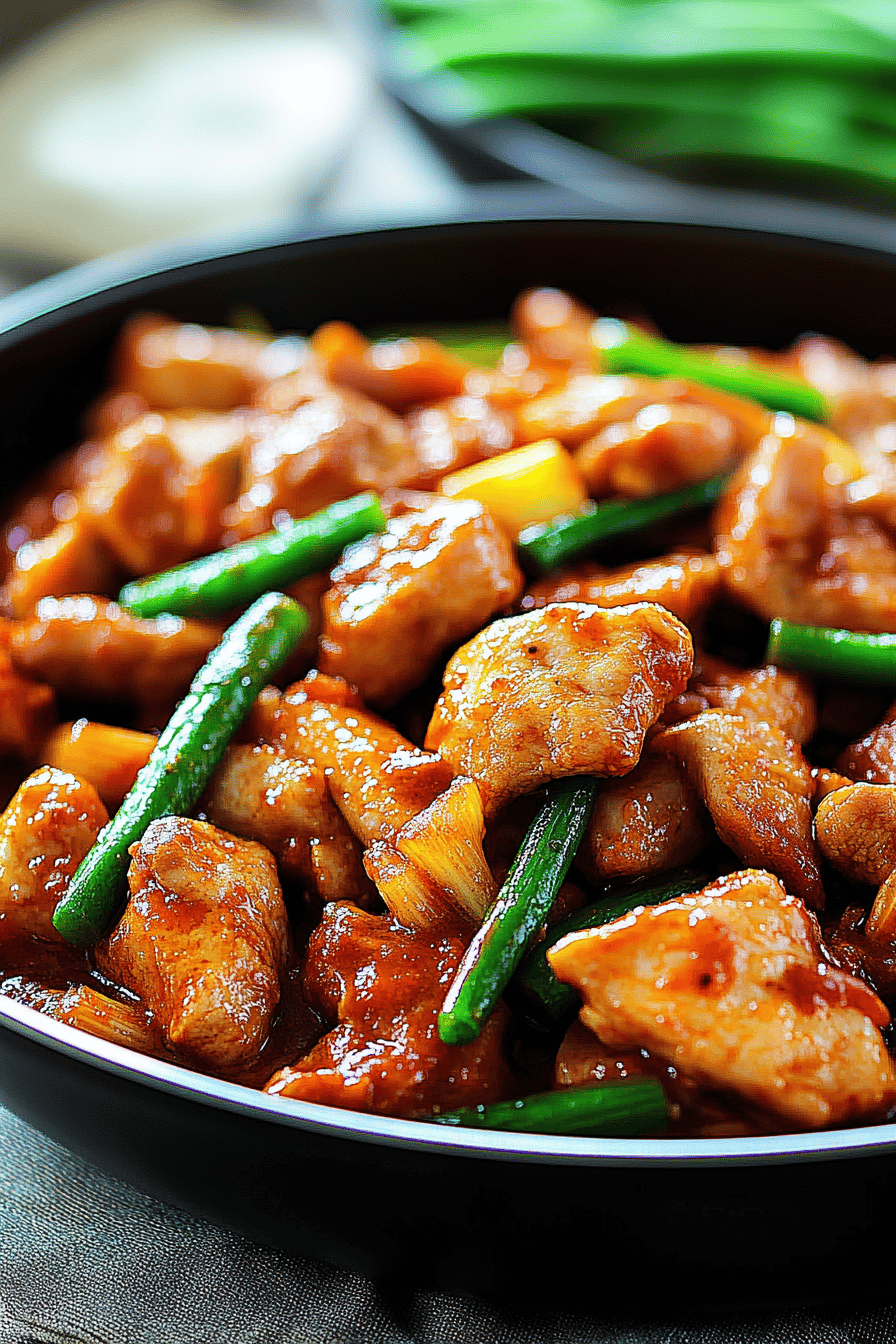
Recipe Steps
Step 1
Start by marinating the chicken. In a bowl, mix gochujang, gochugaru, soy sauce, minced garlic, sugar, and sesame oil. Add the chopped chicken to the marinade, ensuring each piece is thoroughly coated. Cover and let it sit in the refrigerator for at least an hour, or overnight for deeper flavor absorption.
Step 2
While the chicken marinates, prepare the vegetables. Slice the cabbage, peel and chop the sweet potatoes into bite-sized pieces, and cut the green onions into two-inch segments. Keeping the vegetables consistent in size helps them cook evenly.
Step 3
Preheat a large skillet or Korean barbecue pan over medium-high heat. Add a small amount of oil to prevent sticking. Begin by frying the sweet potatoes first, as they take longer to cook through. Once they begin to soften, add the cabbage and continue to stir-fry.
Step 4
Next, introduce the marinated chicken into the skillet with the vegetables. Keep stirring frequently to prevent burning and to ensure even cooking. The goal is to achieve a lovely caramelization on the chicken’s exterior while it remains juicy inside. This typically takes about 10-15 minutes.
Step 5
Finally, toss in the green onions, stirring them in just before finishing the dish. They add a fresh flavor and vibrant color. Taste the dish, adjust seasoning if necessary with a pinch of salt or sugar. Serve hot, optionally with steamed rice on the side.
Storage Options
Storing Dak Galbi is straightforward. Once cooled, place leftovers in an airtight container and refrigerate for up to three days. For extended storage, consider freezing. Portion the cooled dish into freezer-safe containers or bags, removing excess air before sealing. When ready to use, thaw in the refrigerator overnight and reheat on the stovetop. Add a bit of water or broth to maintain moisture during reheating.
Variations & Substitutions
For a less spicy version, reduce the amount of gochujang and gochugaru, replacing them with additional soy sauce and a dash of honey for sweetness. For those following a vegetarian or vegan diet, replace the chicken with firm tofu or tempeh, taking care to press them first for an optimal texture. Experiment with additional vegetables, such as bell peppers or mushrooms, to adapt the dish to your preferences.
Serving Suggestions
Dak Galbi can be served solo or paired with steamed rice to soak up the extra sauce. Consider putting out small bowls of banchan—Korean side dishes—such as kimchi, pickled radishes, or seasoned spinach, to complement the main dish. For a grand feast, Dak Galbi is excellent alongside bibimbap or jjigae. Serve it on a communal pan for family-style dining experiences that encourage sharing and bond over the meal.
Frequently Asked Questions
Can I prepare Dak Galbi in advance? Absolutely. You can prepare the marinade and chicken up to a day ahead, allowing the flavors to infuse. Some chefs even argue that marinating the meat longer enhances the dish’s taste. The vegetables can also be chopped the day before, minimizing last-minute prep time.
Is there an alternative to gochujang that’s suitable for this recipe? While gochujang is the most authentic choice, a basic chili paste mixed with a little soy sauce and sugar can be a substitute if you’re in a pinch. Note, however, that the distinct depth of flavor from fermented soybeans will be different.
What’s the Best pan to use for cooking Dak Galbi? A large, non-stick skillet or cast-iron pan works excellently for home cooking. If you have access to a Korean barbecue pan, even better, as it will replicate the traditional cooking method more closely. Ensure the pan is preheated adequately to produce the best results.

Create cherished memories and explore new flavors by incorporating Dak Galbi into your cooking repertoire. With this recipe, embark on a culinary adventure that not only satisfies the palate but also brings people together around your dinner table. Enjoy the delightful fusion of taste and tradition that this classic Korean dish offers. For more delicious recipes, visit our website and start your journey into the wonderful world of Korean cuisine today.
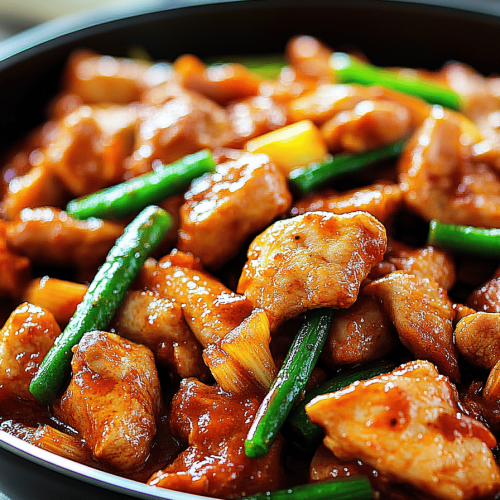
Dak Galbi Recipe
Ingredients
Main Ingredients
- 1.5 pounds boneless chicken thighs cut into bite-sized pieces
- 1 cup cabbage chopped
- 0.5 cup carrots sliced
- 1 cup rice cakes Korean rice cakes
Instructions
Preparation Steps
- In a bowl, mix chicken with gochujang, soy sauce, and garlic.
- Heat a large pan over medium-high heat and add chicken.
- Add vegetables and rice cakes, stir-fry until cooked through.



